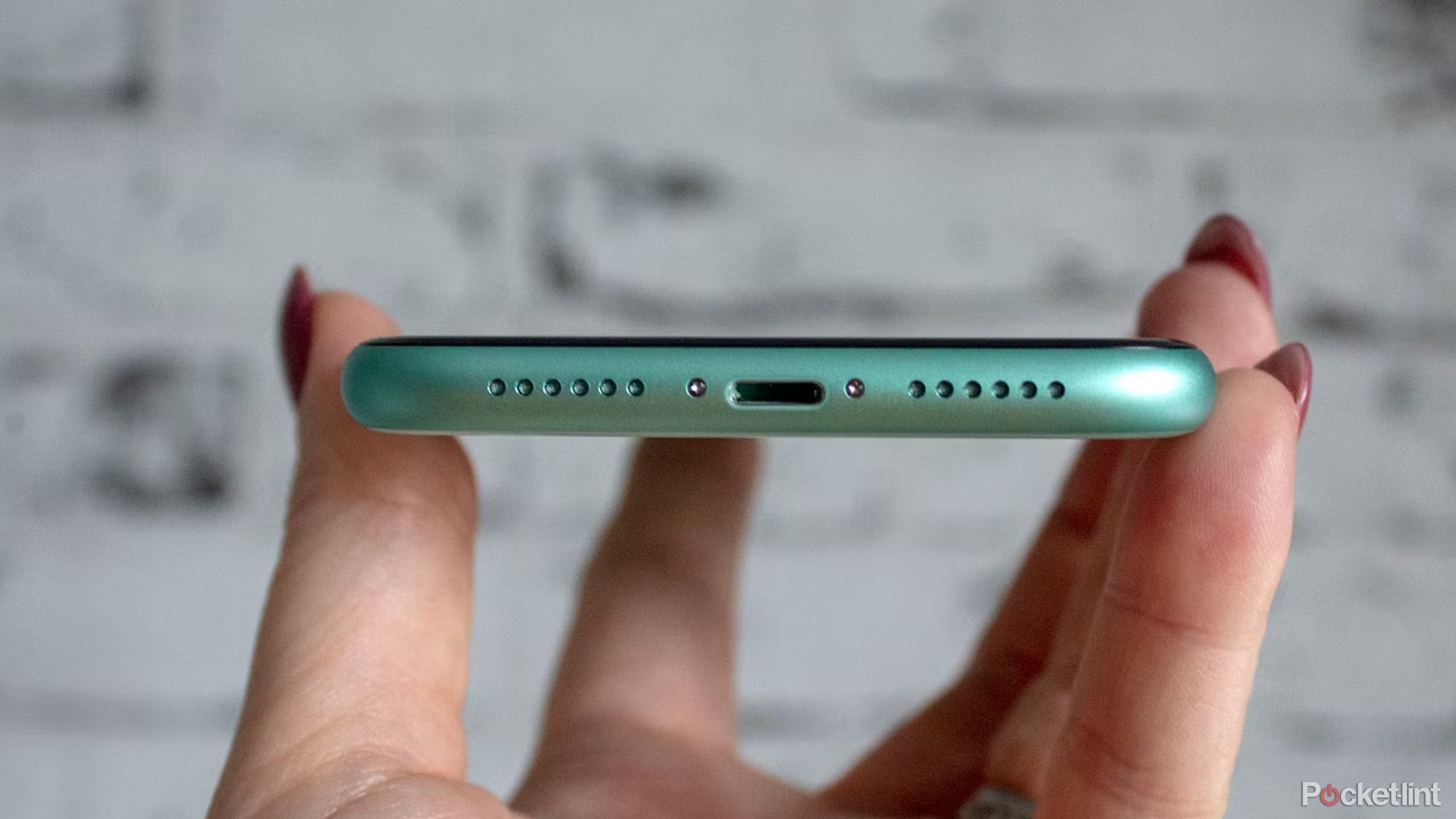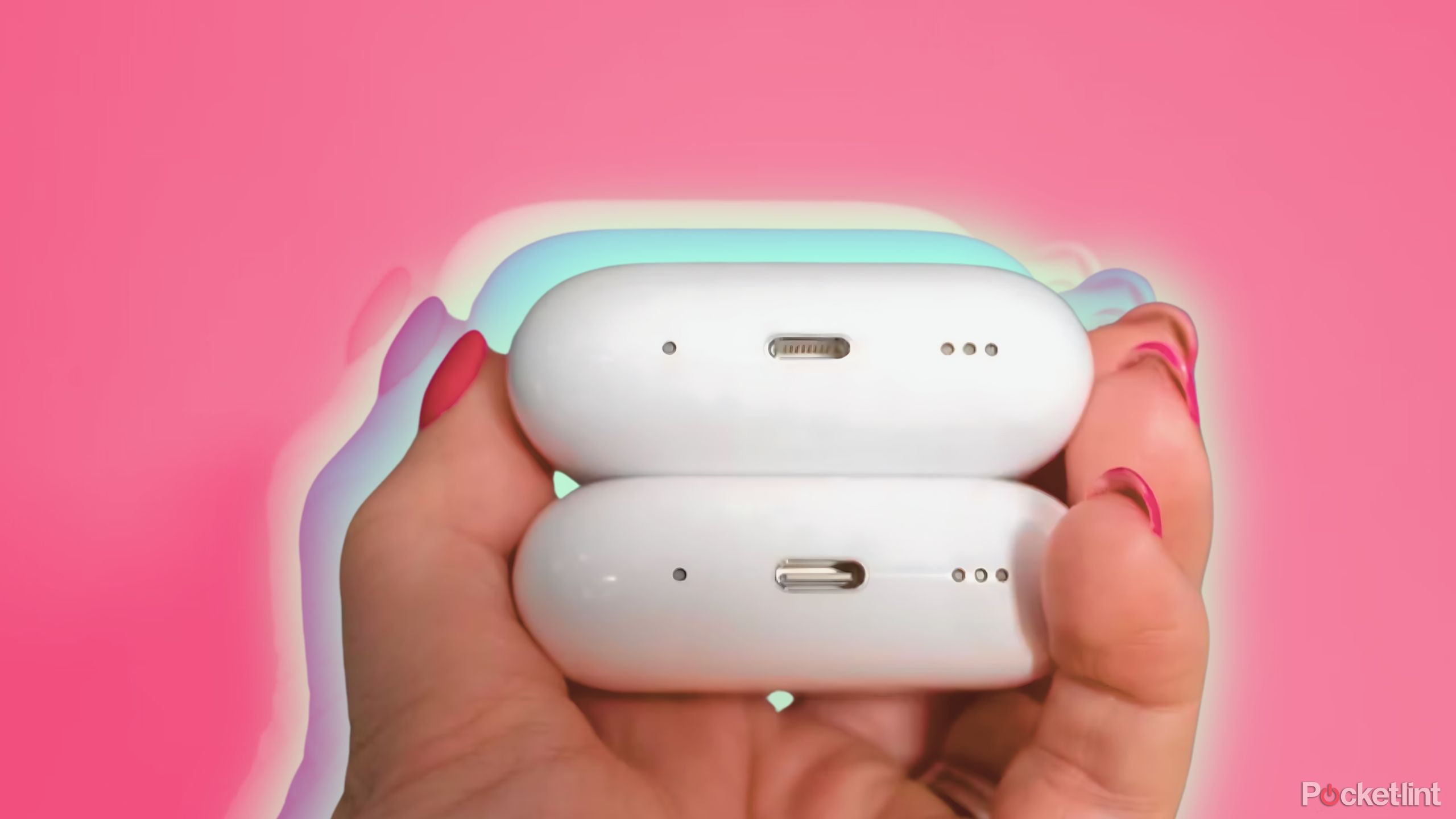Summary
- Lightning was initially a superior alternative to Micro-USB and its own 30-pin connectors.
- A few years later, though, Apple found itself clinging to Lightning despite the obvious technical superiority of USB-C.
- It may have been motivated by keeping production costs down while reaping money from ecosystem lock-in.
Apple has a history of championing new tech standards, which probably isn’t a surprise to anyone reading this. The original Macintosh popularized both mice and graphical user interfaces, and the iMac gave a big boost to USB-A. The iPhone was a seismic shift, pulling the smartphone away from the keyboard and stylus designs favored by brands like Nokia and RIM. If you’re young enough, you might not even remember how popular RIM’s BlackBerry phones used to be.
For a brief window, there was a time when Apple was leading the way in mobile connectors in the form of its Lightning standard. By the end of its life, though, Lightning was not only outdated, but considered a sign of greater problems at Apple. So what happened?
Related
With the iPhone 16e, is Apple abandoning budget devices?
Some upcoming hardware refreshes should confirm where Apple is headed.
The birth of Lightning
A small solution to a growing problem (literally)
Prior to the arrival of Lightning, most of Apple’s iPhones, iPads, and iPods relied on a proprietary 30-pin connector. At the time, this was sufficient for power and data, but Apple was beginning to run into serious issues with speed and design space. That 30-pin connector was not only slow to charge, but comically large next to the Micro-USB format used on other phones — on an iPhone 4, for example, it occupied most of the bottom edge, never mind any internal components. To keep iPhones thin but powerful, the 30-pin format was going to have to go.
Lightning cables and docks became synonymous with living in the Apple ecosystem.
Micro-USB wasn’t an ideal solution, though. It was still limited in power delivery, and as anyone who’s used the standard will know, Micro-USB cables can be both fragile and hard to plug in correctly on the first try. A Micro-USB port is a tiny target, and the connector is non-reversible — there’s only one correct “up” side.
Lightning solved these problems in one fell swoop, putting it ahead of its time. Today, it’s sometimes possible to mistake a Lightning cable for USB-C.
The first-ever Lightning device was the iPhone 5, launched in September 2012. Apple rapidly brought the technology to other product lines, though, shipping the fifth-gen iPod touch, 7th-gen iPod nano, 4th-gen iPad, and the original iPad mini later the same year. The format became entrenched, even making its way to headphones and Mac accessories. Lightning cables and docks became synonymous with living in the Apple ecosystem.
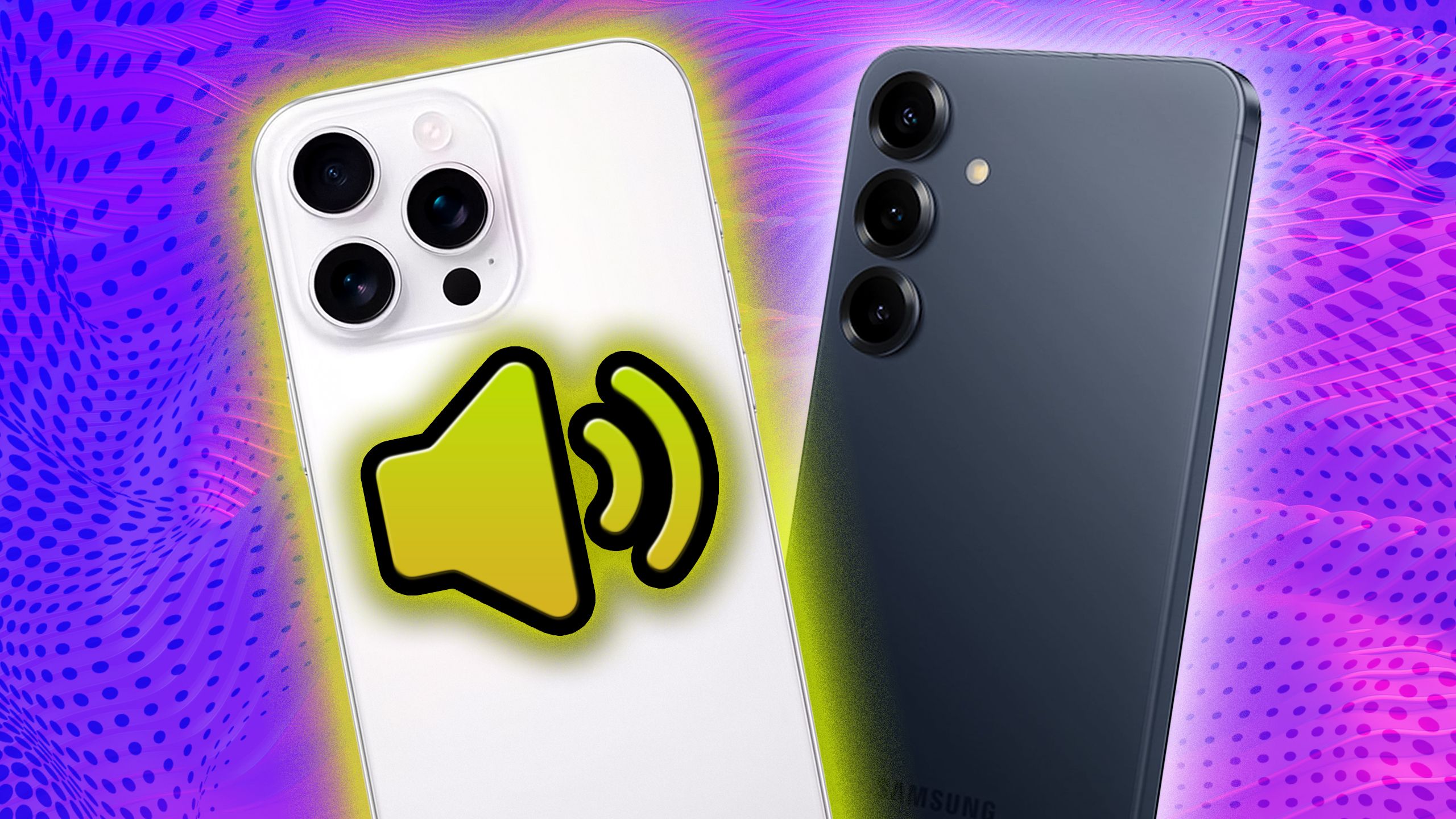
Related
Is iPhone better than Android for sound quality?
The answer isn’t as clear-cut as it once might’ve been.
Lightning’s downfall and demise
Dragged — kicking and screaming — into the modern age
Arguably, Lightning’s fate was sealed in August 2014, when the USB-C 1.0 specification was published. The format had an edge out of the gate — whereas Lightning was only ever a 16-pin standard at most, USB-C added another 8 pins, helping it deliver more power and data.
Lightning data tops out at USB 2.0 speeds, about 480Mbps. USB-C started around 5Gbps, and today supports as much as 80Gbps when paired with ports and cables using the USB-4 version of the specification. There’s a similar discrepancy in power — without special accessories, Lightning delivers only 12W, nowhere near the 60 to 240W some USB-C cables are capable of. You can, in theory, power a high-end gaming laptop with the same cord you use to top off your phone or earbuds.
For years, Apple refused to switch iPhones and iPads over to USB-C, even as rivals began to put the standard on their phones and tablets, and the company’s own Macs began adopting the technology. The company even continued to release new products with Lightning ports, such as the AirPods Max and the first two generations of iPad Pro.
It was hard to ignore the writing on the wall, though, including demand for interchangeable cables that ditched platform exclusivity. iPads slowly transitioned to USB-C, and in October 2022, the European Union passed rules making USB-C the default wired charging format. That meant Apple would soon be unable to sell Lightning products in Europe, and indeed the last iPhones to support Lightning were 2022’s iPhone 14 and SE models. The SE continued to linger around until February 2025, when it was finally replaced by the USB-equipped iPhone 16e.
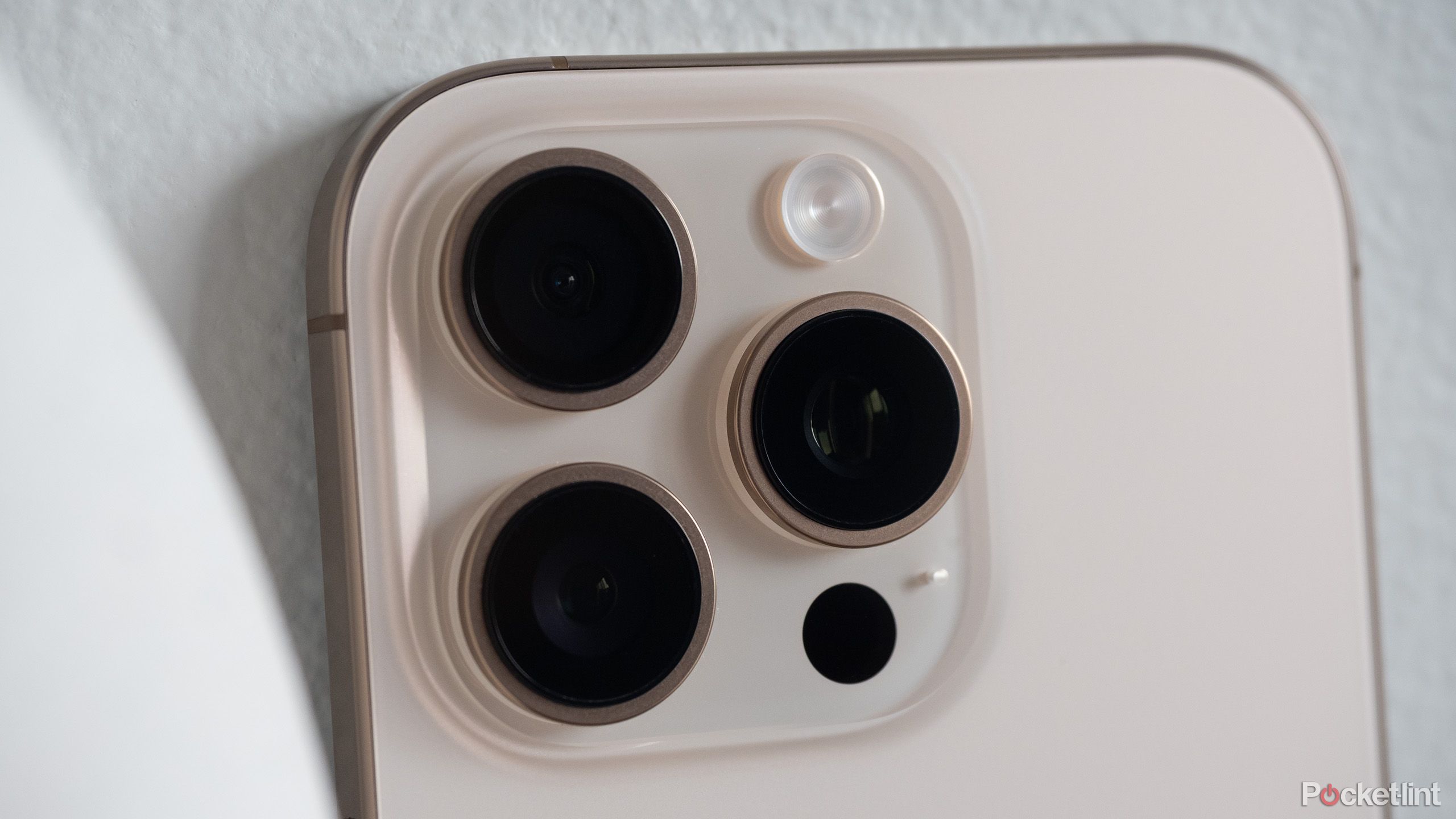
Related
The Apple-UK encryption battle is a terrifying echo of San Bernardino
It’s an incredibly serious issue that could put lives on the line.
Why did Apple hold on to Lightning for so long?
A likely explanation
The official story was avoiding e-waste, but in reality, it probably boiled down to two things: parts costs and keeping people in the Apple ecosystem. Lightning became so ubiquitous so quickly that switching over to USB-C was inevitably going to involve a massive supply chain expenditure, not to mention redesigning whole product lineups. Rather than eat that cost when USB-C was new and (relatively) expensive, Apple appears to have decided to hold out for as long as possible.
Meanwhile, Lightning allowed the company to reap profits from proprietary accessories, while simultaneously discouraging people from jumping ship to Android. If you had a home full of Lightning accessories, switching to Android meant replacing everything with USB-C equivalents.
That wasn’t the end of the world, but it was a notch against Android if you were budget-conscious.
The real mystery may be why Apple never bothered to upgrade Lightning in any serious way. It might’ve held on to exclusivity for a while longer, or even established Lightning as its own universal standard. Given how many antitrust battles the company has had to fight, perhaps the company realized there would be diminishing returns.
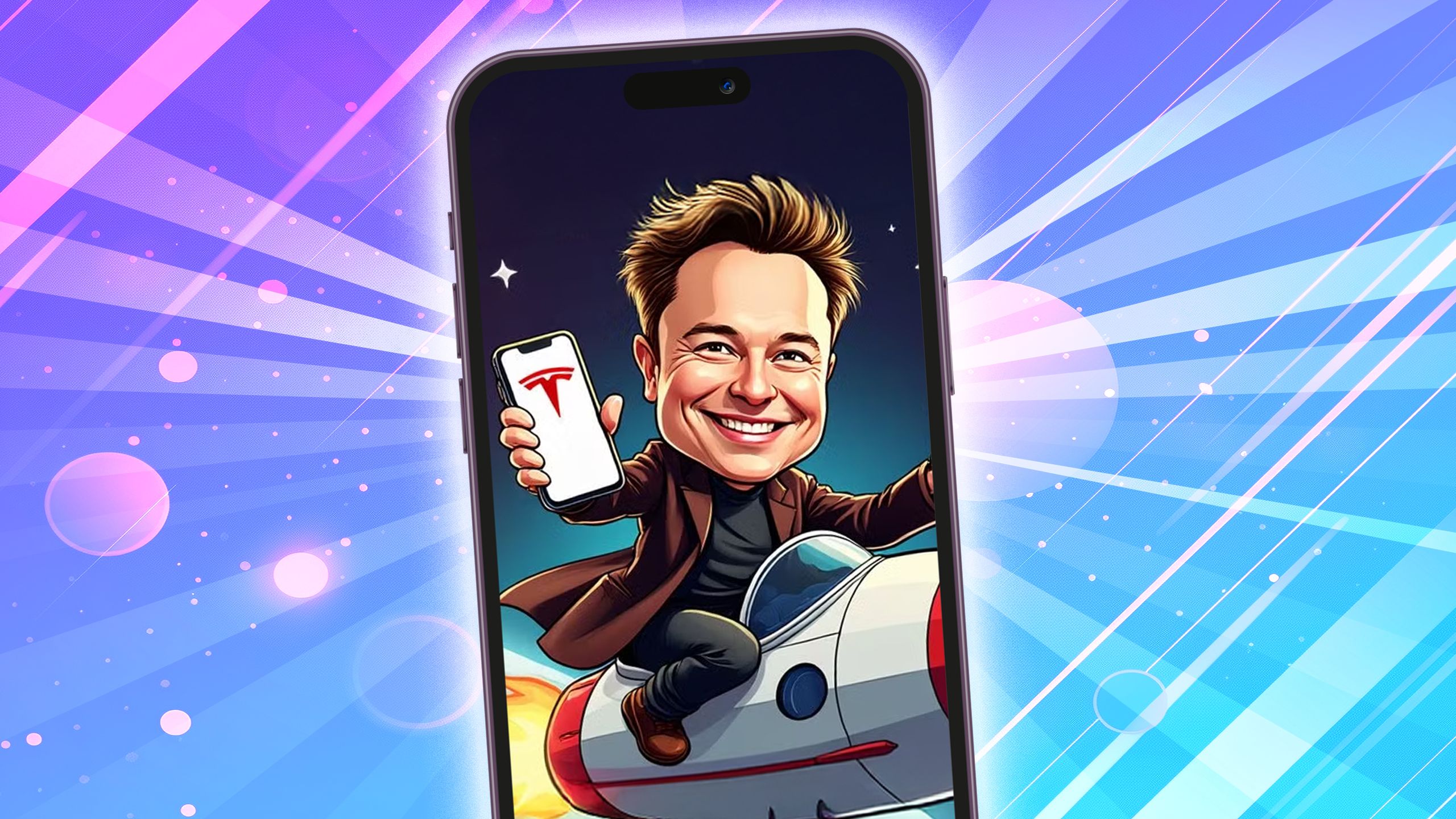
Related
Apple Intelligence’s third-party hooks are the right direction for phone AI
It’s about issues like personalization, resilience, and privacy.
Trending Products

SAMSUNG FT45 Sequence 24-Inch FHD 1080p Laptop Monitor, 75Hz, IPS Panel, HDMI, DisplayPort, USB Hub, Peak Adjustable Stand, 3 Yr WRNTY (LF24T454FQNXGO),Black

KEDIERS ATX PC Case,6 PWM ARGB Fans Pre-Installed,360MM RAD Support,Gaming 270° Full View Tempered Glass Mid Tower Pure White ATX Computer Case,C690

ASUS RT-AX88U PRO AX6000 Twin Band WiFi 6 Router, WPA3, Parental Management, Adaptive QoS, Port Forwarding, WAN aggregation, lifetime web safety and AiMesh assist, Twin 2.5G Port

Wi-fi Keyboard and Mouse Combo, MARVO 2.4G Ergonomic Wi-fi Pc Keyboard with Telephone Pill Holder, Silent Mouse with 6 Button, Appropriate with MacBook, Home windows (Black)

Acer KB272 EBI 27″ IPS Full HD (1920 x 1080) Zero-Body Gaming Workplace Monitor | AMD FreeSync Know-how | As much as 100Hz Refresh | 1ms (VRB) | Low Blue Mild | Tilt | HDMI & VGA Ports,Black

Lenovo Ideapad Laptop computer Touchscreen 15.6″ FHD, Intel Core i3-1215U 6-Core, 24GB RAM, 1TB SSD, Webcam, Bluetooth, Wi-Fi6, SD Card Reader, Home windows 11, Gray, GM Equipment

Acer SH242Y Ebmihx 23.8″ FHD 1920×1080 Home Office Ultra-Thin IPS Computer Monitor AMD FreeSync 100Hz Zero Frame Height/Swivel/Tilt Adjustable Stand Built-in Speakers HDMI 1.4 & VGA Port

Acer SB242Y EBI 23.8″ Full HD (1920 x 1080) IPS Zero-Body Gaming Workplace Monitor | AMD FreeSync Expertise Extremely-Skinny Trendy Design 100Hz 1ms (VRB) Low Blue Gentle Tilt HDMI & VGA Ports


